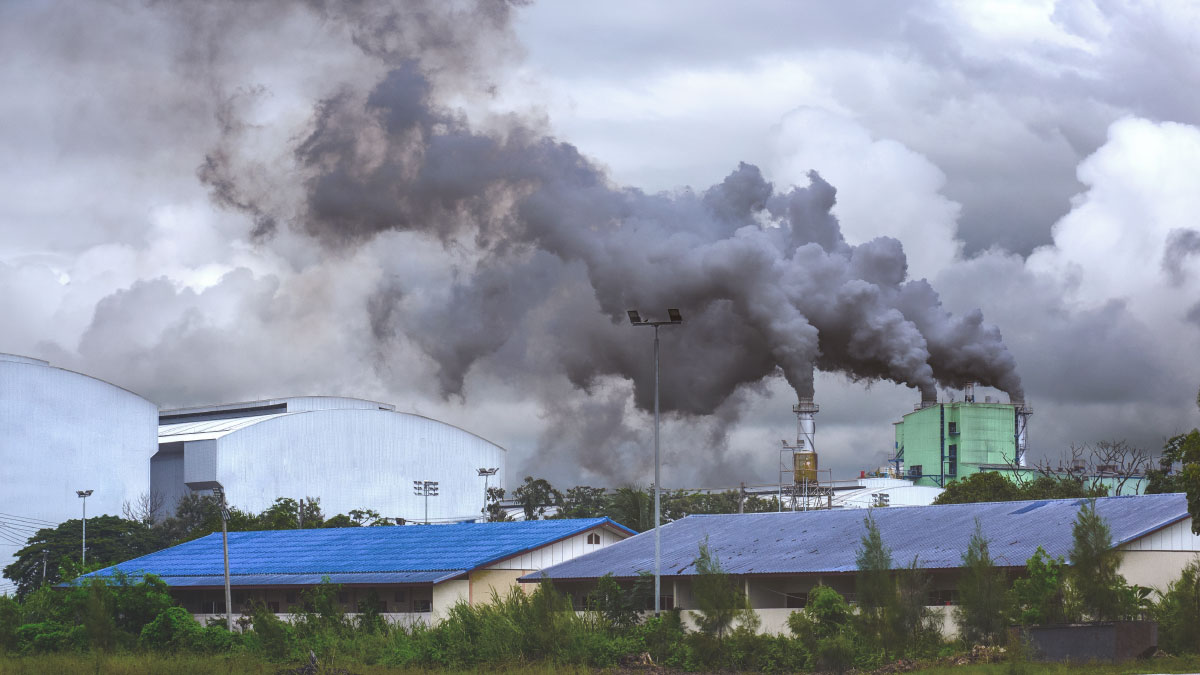By Graham Mott, Carlos Razo and Robert Hamwey
As China has risen as an economic powerhouse it has also become the world’s biggest CO2 emitter. © Choo.
The economic progress achieved in the past six decades, along with a rapid expansion of global population, has come with a colossal environmental cost. While global GDP per capita has nearly tripled since 1960, CO2 emissions have quadrupled during the same period.
Roughly two-thirds of this increase has occurred during the last three decades.
Today, the world’s top three emitters – China, the United States, and India – account for around 50% of global CO2 emissions, and the world’s top 20 emitters account for 80%.
Clearly, this league table is anything but fixed – rankings change dramatically over time. What’s important to flag is that the list of top emitters includes developed and developing countries alike, clearly showing that high carbon emissions are a problem across the development divide.
Notably, China's rapid economic development, poverty eradication and extensive integration into global value chains has been coupled with an enormous expansion in the country's carbon emissions.
A per capita perspective
However, total emissions do not tell the whole story. A per capita view offers an important perspective on the global CO2 challenge.
It shows that developed countries along with some high-income oil-producing developing countries have the highest emissions per capita. Almost all are above the global average. Although the developed countries have demonstrated a downward trend in per capita emissions, they remain well above those of developing countries – and the difference is stark.
Top 30 CO2 emitters: per capita emissions
For instance, the average person in the US emits more than twice as much as someone living in China, five times more than one in Mexico and eight times more than one in India.
With business as usual, as developing countries prosper their per capita emissions will climb. This, together with likely population increases will further aggravate the global problem.
Given the current and historical link between economic and emissions growth, developing countries could perceive developed countries’ current per capita emissions as benchmarks – a price they must pay for economic progress. Such a view would be devastating for global efforts to curb emissions.
These alarming trends highlight an obvious need for both developed and developing countries to “decouple” prosperity from CO2 emissions. Developed countries must accelerate the pace of their per capita reductions and developing countries must receive the technological and financial support necessary to transition towards green, low-carbon development trajectories. This is in everyone’s interest.
Lessons from the COVID-19 anomaly
Early estimates show that, due to COVID-19, emissions fell by some 5% in 2020. But this was the result of pandemic-induced measures and restrictions that locked down economic sectors and significantly reduced global economic activity. Last year’s CO2 emissions anomaly is economically unsustainable and unrepeatable.
Alarmingly, the drastic decline in emissions recorded in 2020 falls significantly below what is needed to achieve our climate goals. The Paris Agreement requires yearly cuts of 8% to keep the planet under the global warming threshold of 2 degrees Celsius.
Unless economic prosperity can be decoupled from carbon emissions and developed countries drastically lower their “benchmark” per capita emissions, the world will overshoot all the emission targets set to date. Accordingly, the battle against climate change will be lost unless it becomes an absolute priority for all governments across the globe.
Low-carbon growth requires not only political commitment from all nations but also sustained structural economic change. This is why trade, investment and technology are critical.
The appropriate policies in these areas can help guarantee that the right goods, the necessary knowledge and the required money are made available so developing countries do not have to put their economic progress on hold in order to protect the planet.
All nations must design and implement ambitious low-carbon policies. For these to be effective at the global level, governments must coordinate efforts and cooperate.
The upcoming UN Trade Forum will facilitate this much-needed dialogue on the responses needed from the multilateral trading system to ensure a long-term green and inclusive recovery from the COVID-19-induced economic slowdown.
Climate change may seem slow, but it is unnervingly fast. We cannot postpone dialogue and action. Regardless of where we live – developed or developing countries – we all have something to lose. Thus, we all have something to do. Every country must act because CO2 emissions anywhere threaten development everywhere.
Development in motion
In a series of dynamic graphs, we explain some of the salient issues facing the global economy today.

